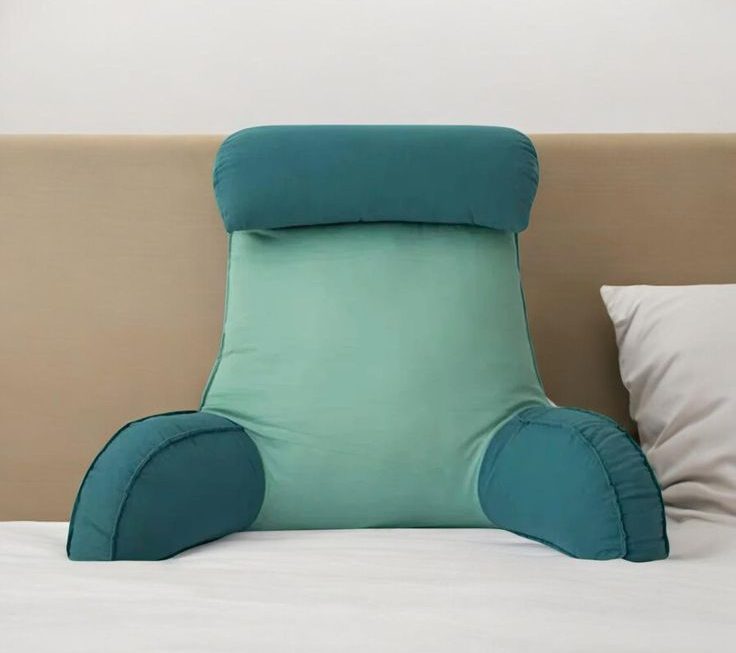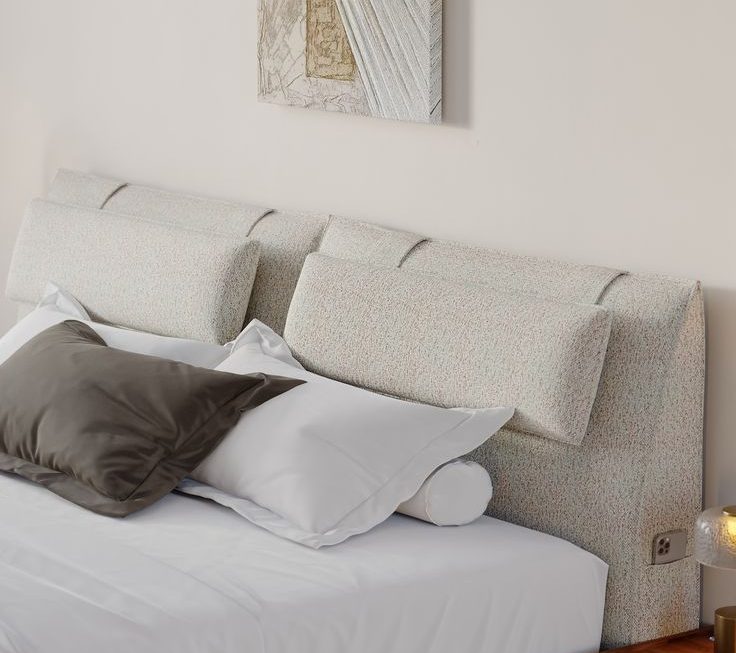 Introduction:
Introduction:
Removing carpet glue can be a challenging task, especially if you’re planning to replace the carpet or restore the underlying flooring. Carpet glue is designed to adhere firmly to surfaces, making it difficult to remove without the right techniques and tools. In this comprehensive guide, we will explore various methods to effectively remove carpet glue. By understanding the best approaches and implementing appropriate steps, you can successfully remove carpet glue and achieve a clean and smooth surface.
 Introduction to Carpet Glue Removal
Introduction to Carpet Glue Removal
Carpet glue removal involves eliminating the adhesive substance used to secure carpets to the floor.
A. Importance of Removal: Removing carpet glue is typically required when replacing carpets, refinishing floors, or restoring the original surface.
B. Adhesive Types: There are various types of carpet adhesives, including latex, acrylic, or solvent-based glues.
C. Surface Compatibility: Before beginning the removal process, consider the compatibility of the removal method with the underlying floor material.
 Potential hazards:
Potential hazards:
There are potential hazards associated with carpets that have adhesive or glue backing. Here are some risks to consider:
Off-Gassing:
Some carpets contain adhesives or glues that emit volatile organic compounds (VOCs) into the air. These chemicals can release harmful fumes or odors, leading to respiratory irritation, allergic reactions, or even long-term health effects if exposure is prolonged.
Indoor Air Quality:
The off-gassing of VOCs from carpet adhesives can contribute to poor indoor air quality. Elevated levels of VOCs in enclosed spaces can cause headaches, dizziness, nausea, and respiratory issues, especially for those with sensitivities or respiratory conditions.
Allergic Reactions:
Glued carpets can trap allergens such as dust mites, pet dander, pollen, and mold spores in their fibers or under the carpet. This can trigger or worsen allergies and respiratory symptoms in individuals who are sensitive to these allergens.
Environmental Impacts:
Some carpet adhesives may contain toxic substances or chemicals that can have negative environmental impacts, particularly during manufacturing, installation, or disposal. These substances can leach into soil or water systems, potentially harming ecosystems and wildlife.
Difficulty in Removal and Replacement:
Carpets with glued backing can be challenging to remove or replace. The adhesive can leave residues or damage the flooring underneath, requiring extra effort and cost for replacement or refurbishment.
To mitigate these hazards, it is advisable to choose carpets or carpet tiles with low VOC emissions and environmentally-friendly adhesives. Proper ventilation, regular vacuuming, and professional cleaning can help minimize allergens and maintain better indoor air quality. When removing or replacing glued carpets, it is essential to follow proper procedures and seek professional assistance if needed to minimize damage and ensure the safe disposal or recycling of materials.
 Tools and Safety Precautions
Tools and Safety Precautions
Gather the necessary tools and take safety precautions before attempting to remove carpet glue.
A. Tools Required: Common tools for carpet glue removal include a putty knife, scraper, adhesive remover or solvent, heat gun or hairdryer, bucket, and clean cloth.
B. Safety Precautions: Wear protective goggles, gloves, and a mask to prevent any potential injuries or exposure to chemicals.
Softening the Glue
Softening the adhesive can make it easier to remove from the surface.
A. Heat Gun or Hairdryer: Apply heat to the carpet glue using a heat gun or a hairdryer set on high heat to soften the adhesive.
B. Scrape the Softened Glue: Use a putty knife or scraper to gently lift the softened glue from the surface. Be careful not to damage the underlying floor.
Adhesive Remover or Solvent
The use of adhesive removers or solvents can help break down and dissolve the carpet glue.
A. Selecting the Right Remover: Choose an adhesive remover or solvent that is suitable for the specific type of carpet glue being removed. Always follow the manufacturer’s instructions.
B. Apply the Remover: Apply the adhesive remover or solvent to the glue with a clean cloth or sponge, focusing on one small section at a time.
C. Allow Dwell Time: Allow the adhesive remover or solvent to penetrate and soften the glue for the recommended amount of time.
D. Scrape or Wipe Off: Use a putty knife or scraper to gently lift and remove the softened glue. Alternatively, wipe off the glue with a clean cloth or sponge.
Mechanical Removal
For stubborn or difficult-to-remove carpet glue, mechanical methods may be necessary.
A. Grinding or Sanding: Use a floor grinder or sander with a coarse grit sandpaper to mechanically remove the carpet glue. Ensure proper ventilation and wear a mask to protect against dust particles.
B. Scrubbing: For small areas or residues, scrubbing with a scrub brush and soapy water or a mixture of vinegar and water can help loosen the glue.
Additional Tips and Techniques
Consider the following additional tips and techniques for effective carpet glue removal.
A. Freeze and Chip: For adhesive that becomes tacky when frozen, apply ice or freeze spray to harden the glue and then gently chip away using a scraper or putty knife.
B. Vinegar or Citrus Solution: Natural solutions like vinegar or citrus-based cleaners may be effective in breaking down and removing certain types of carpet glue.
Clean and Prepare the Surface
After removing the carpet glue, thoroughly clean and prepare the surface for the next step.
A. Remove Residue: Clean the surface with a damp cloth or sponge to remove any residue left behind by the adhesive remover or solvent.
B. Let It Dry: Allow the surface to dry completely before proceeding with any additional treatments or installations.
Seeking Professional Help
If the carpet glue is extremely stubborn or if you encounter difficulties during the removal process, it may be necessary to seek professional assistance.
A. Flooring or Restoration Professionals: Consider consulting professionals who specialize in carpet removal or flooring restoration for advanced techniques and equipment.
B. Surface Assessment: Professionals can assess the condition of the underlying floor and provide recommendations for the best course of action.
 Conclusion
Conclusion
Removing carpet glue requires patience, the right tools, and appropriate techniques. By softening the adhesive, using adhesive removers or solvents, and employing mechanical methods when necessary, you can effectively remove carpet glue. Remember to take safety precautions, select the appropriate removal method for the type of adhesive used, and properly clean and prepare the surface afterward. If needed, seek professional help for stubborn glue or complex removal situations. With careful attention and proper techniques, you can achieve a clean and smooth surface, ready for carpet replacement or other floor restoration projects.



